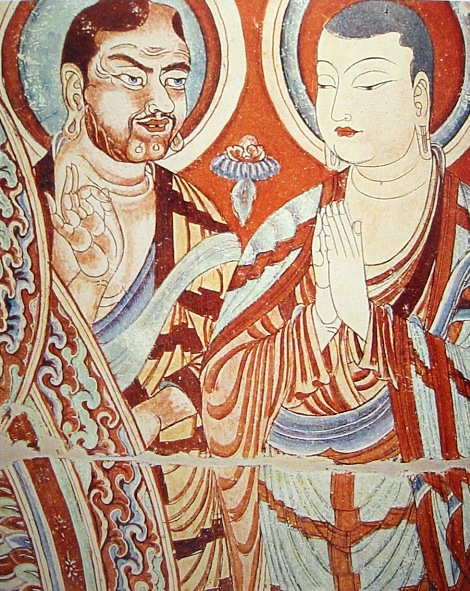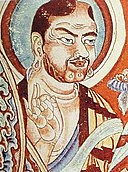Slika:Central Asian Buddhist Monks.jpeg
Central_Asian_Buddhist_Monks.jpeg (470 × 591 točk, velikost datoteke: 173 KB, MIME-vrsta: image/jpeg)
Zgodovina datoteke
Kliknite datum in čas za ogled datoteke, ki je bila takrat naložena.
| Datum in čas | Sličica | Velikost | Uporabnik | Komentar | |
|---|---|---|---|---|---|
| trenutno | 14:25, 27. marec 2005 |  | 470 × 591 (173 KB) | Beta m common | 9th century fresco from Bezeklilk, Tarim Basin. {{PD-art}} |
Uporaba datoteke
Datoteka je del naslednjih 2 strani slovenske Wikipedije (strani drugih projektov niso navedene):
Globalna uporaba datoteke
To datoteko uporabljajo tudi naslednji vikiji:
- Uporaba na ar.wikipedia.org
- Uporaba na ast.wikipedia.org
- Uporaba na az.wikipedia.org
- Uporaba na ba.wikipedia.org
- Uporaba na bg.wikipedia.org
- Uporaba na bjn.wikipedia.org
- Uporaba na bn.wikipedia.org
- Uporaba na bs.wikipedia.org
- Uporaba na bxr.wikipedia.org
- Uporaba na ca.wikipedia.org
- Uporaba na cs.wikipedia.org
- Uporaba na cv.wikipedia.org
- Uporaba na da.wikipedia.org
- Uporaba na de.wikipedia.org
- Uporaba na de.wikivoyage.org
- Uporaba na el.wikipedia.org
- Uporaba na en.wikipedia.org
Oglejte si globalno uporabo te datoteke.


